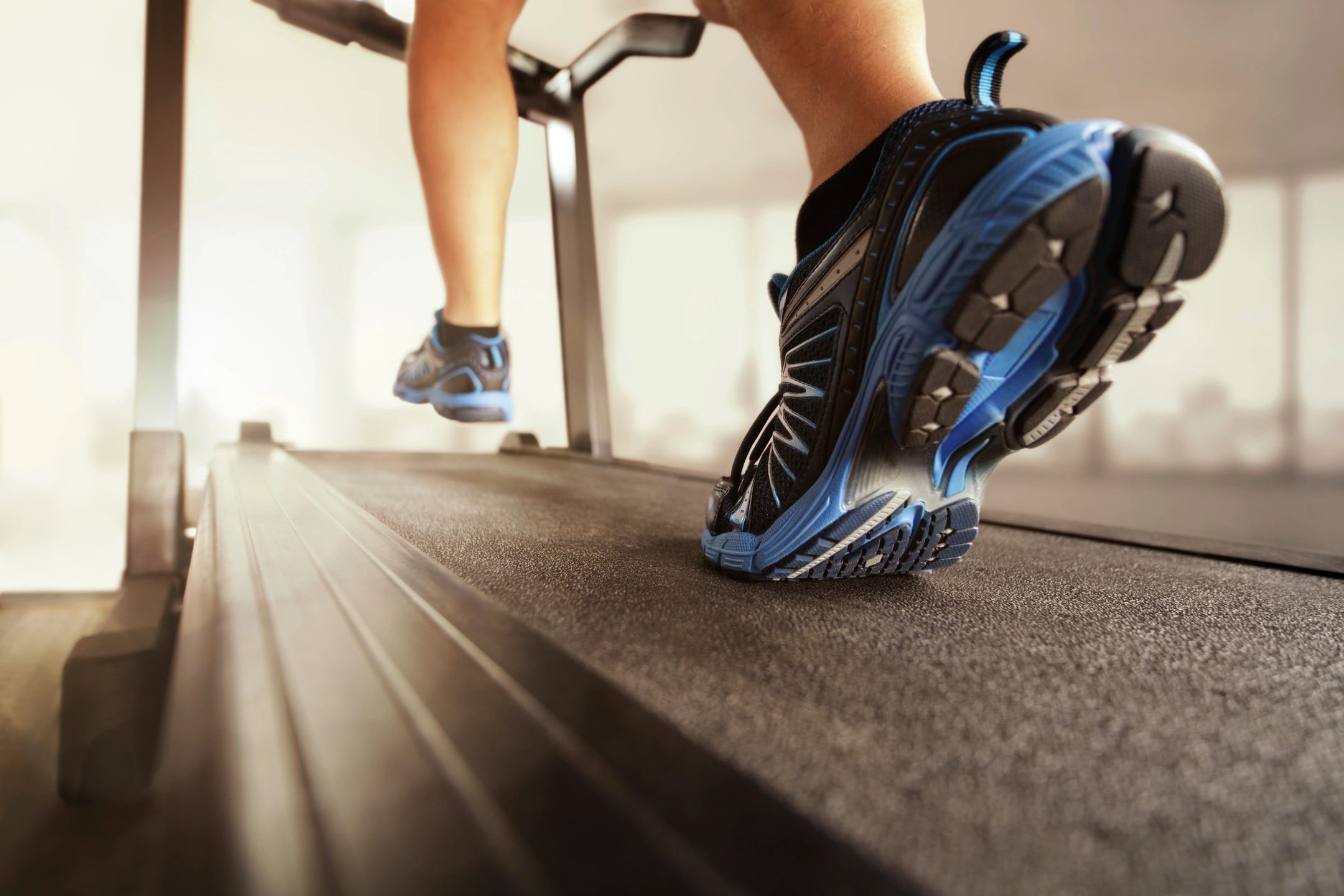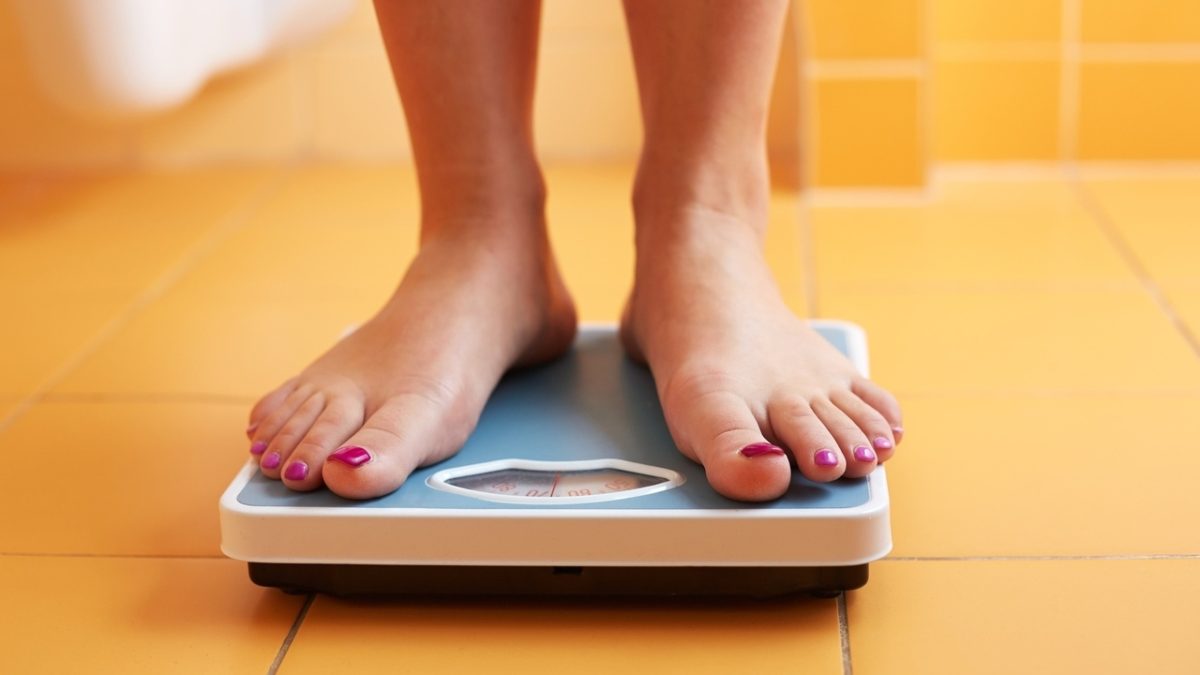More than one-third of adults in the United States are obese. With that number on the rise, the risk of developing obesity-related conditions like heart disease, stroke, and type 2 diabetes is on the rise, as well. Your doctor has told you to start following a healthy diet and to begin exercising. But what types of exercises can you do that are both moderate and effective?
The key to losing weight, according to Jun Wang, MS, of InVite® Health, is to create an energy imbalance – eating less and exercising more. Wang states that physical activity is a must for weight loss and weight management. Just thirty minutes of moderate-intensity activity is recommended to reduce chronic disease risk and 60 minutes is recommended to prevent weight gain in adulthood.
In order to gauge your personal moderate level of activity, the CDC recommends using the “Talk Test” – if you’re doing moderate-intensity activity you can talk, but not sing during the activity. If you are doing too vigorous an activity, you will not be able to say more than a few words without pausing for a breath.
Moderate Physical Intensity VS. Vigorous Physical Intensity
According to the CDC, here are some examples of moderate intensity exercises compared to vigorous exercises.
Moderate
- Walking briskly (3 miles per hour or faster, but not race-walking)
- Water aerobics
- Bicycling slower than 10 miles per hour
- Tennis (doubles)
- Ballroom dancing
- General gardening
Vigorous
- Race walking, jogging, or running
- Swimming laps
- Tennis (singles)
- Aerobic dancing
- Bicycling 10 miles per hour or faster
- Jumping rope
- Heavy gardening (continuous digging or hoeing)
- Hiking uphill or with a heavy backpack
Dietary Approach
The first step in getting control over your weight is to monitor your eating habits. You may want to begin to record your food intake from the moment you wake up to the time you go to bed. “This can help assess the calorie count and nutritional value of what you are eating,” reports Wang. Another method is using a calorie counter. If you’re using your phone during your lunch break at work, you have enough time to enter what you are eating into a calorie counter app. This can give you an idea of how many calories you are consuming daily and how many you should consume in order to lose or gain weight. But be careful! Wang warns cutting your calorie intake drastically will not be a quick fix. In order to lose weight, Wang suggests cutting calorie intake gradually and consistently.
Supplements for Weight Management
Here are Jun Wang, MS, recommendations on supplements that can support weight management –
White Kidney Beans: White kidney beans supply a carbohydrate blocker that inhibits the enzyme amylase from breaking starches down into sugar; absorbing less sugar from foods such as bread, potato, pasta or rice helps reduce your intake of calories.
Probiotics: Probiotics are live bacteria that support the activity of the body’s healthy bacterial population. They help burn calories by releasing the appetite-reducing hormone GLP-18,9 . They decrease body fat by increasing levels of the protein ANGPTL4.10 Probiotics can also reduce inflammation and may improve gut health. A meta-analysis of 17 randomized clinical trials in humans indicates that probiotics help treat obesity.11
CLA: Conjugated linoleic acid made from safflower oil helps reduce body fat by inhibiting the activity of the enzyme lipoprotein lipase which normally would transfer fats from the bloodstream into fat cells. CLA also promotes carnitine palmitoyltransferase, which helps burn fat, improving energy. A meta-analysis of 18 randomized, double-blind, placebo-controlled clinical trials (the gold-standard of clinical trials) concluded that taking 3.2g/d of CLA effectively reduces body fat in humans.12
A dietary lifestyle change and combination of exercise and premium quality supplements can lead you on a journey to your best health and best weight, naturally.







